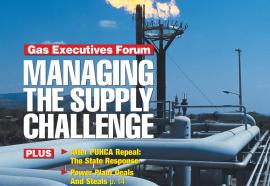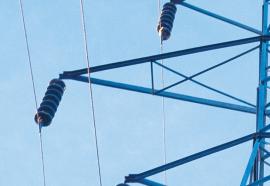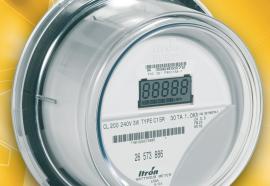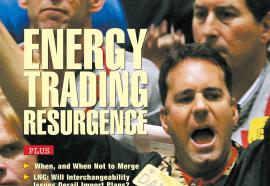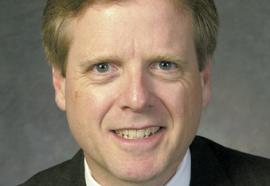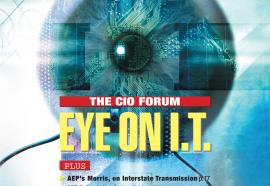The Too-Perfect Hedge
Congress gives FERC an impossible task: Craft long-term transmission rights to save native load from paying grid congestion costs.
If “perfect” be the enemy of the “good,” then look no further for proof than in Federal Power Act section 217(b)(4), enacted by Congress in EPACT 2005.

